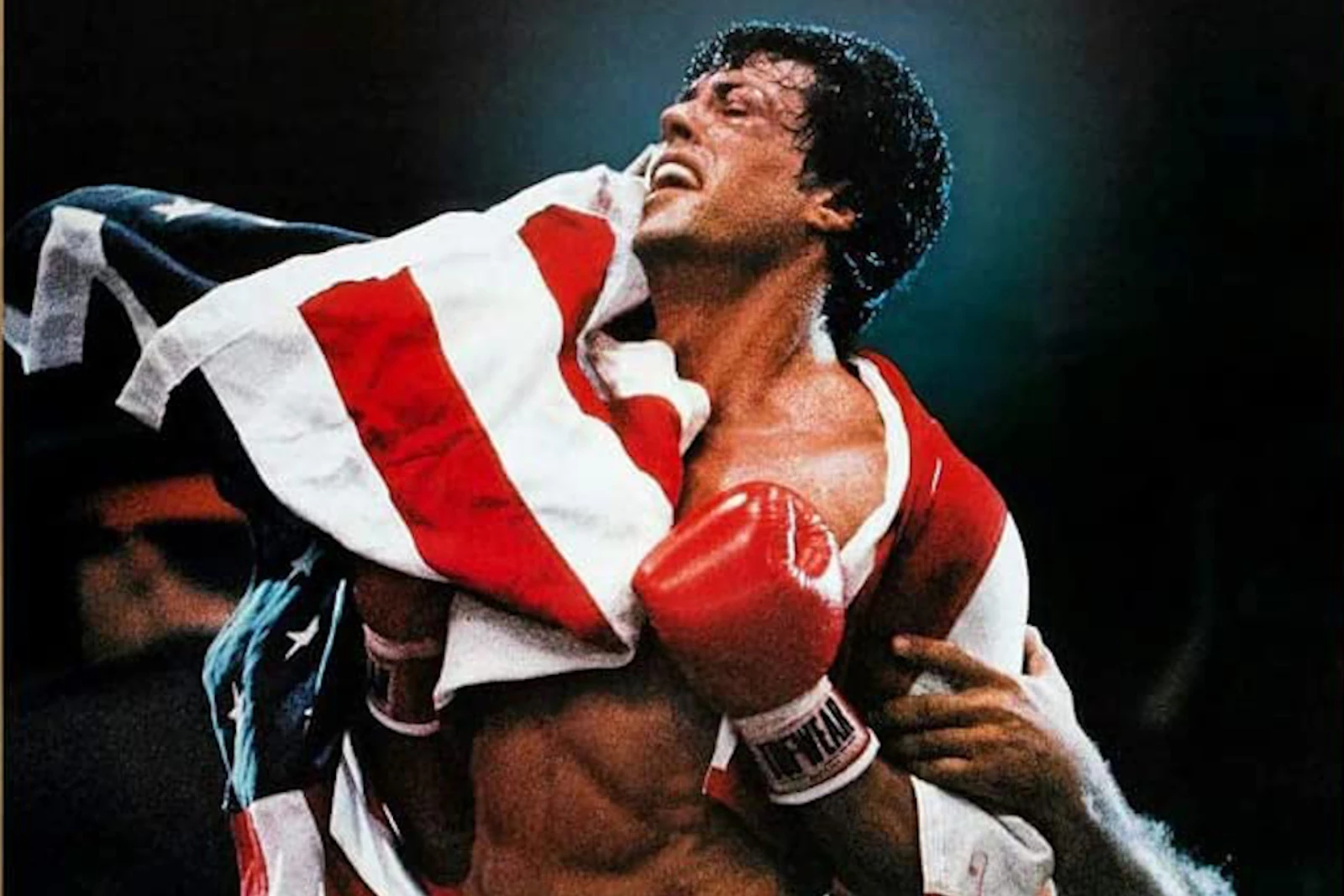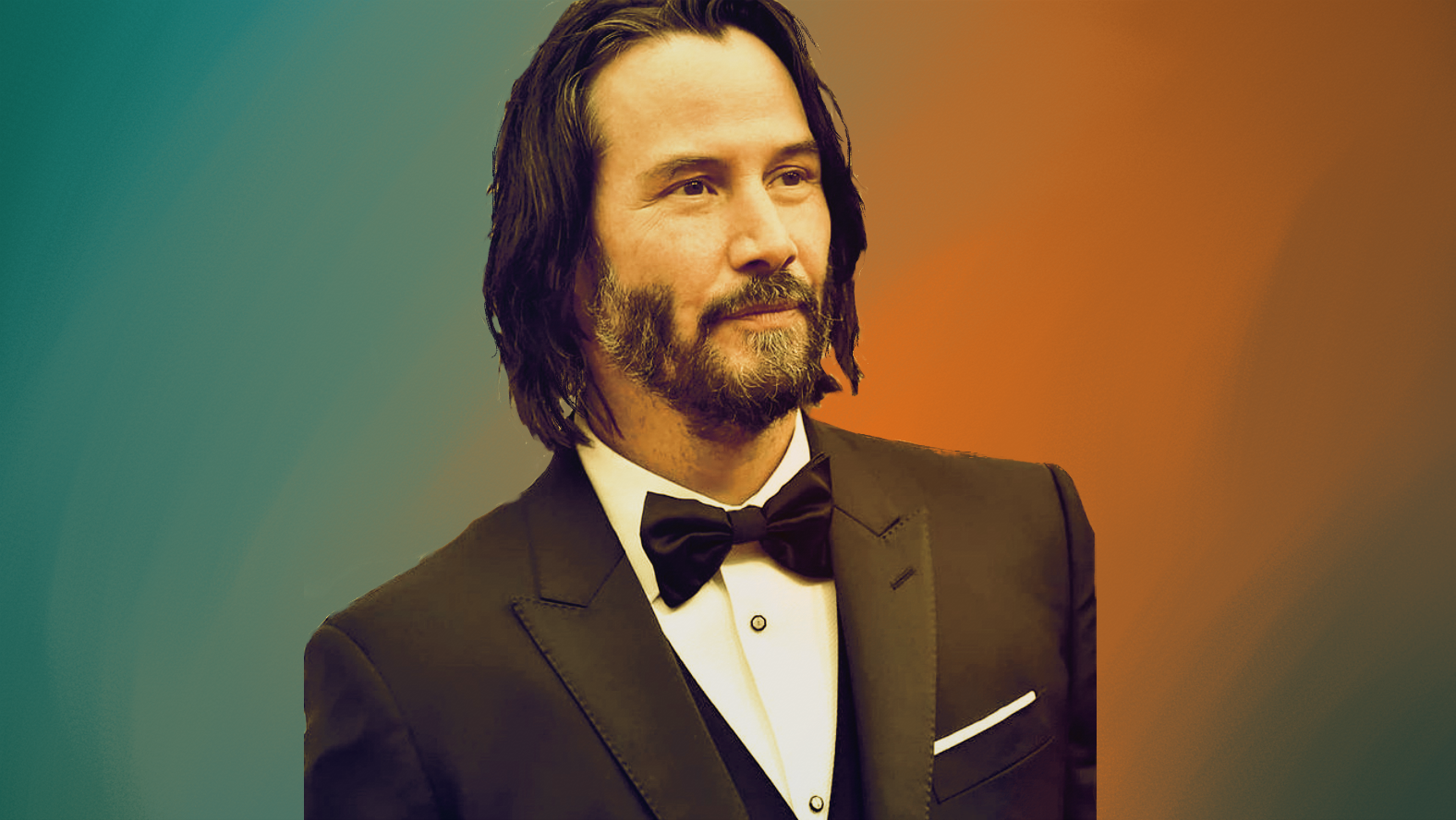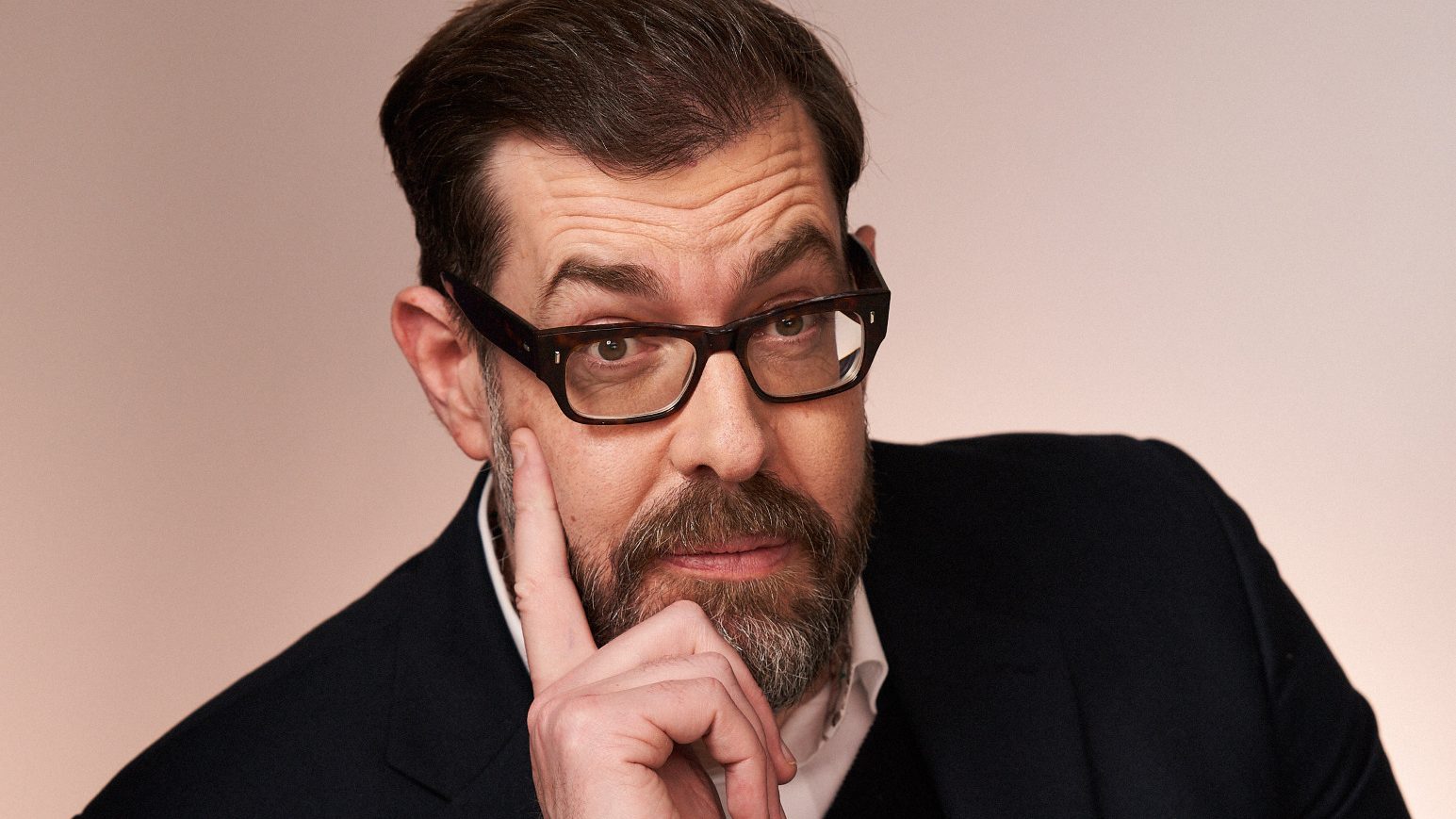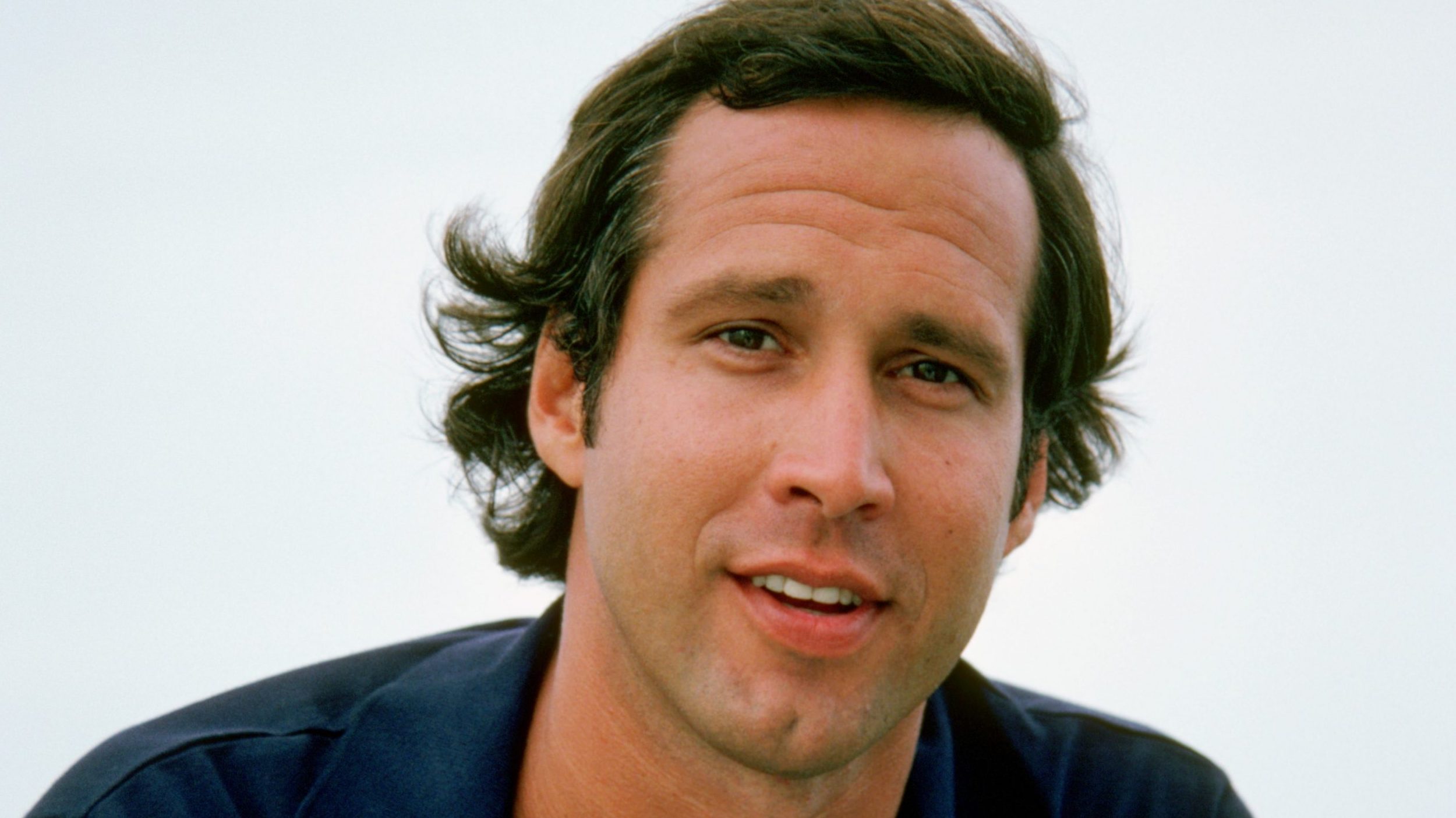This is the story of Timothy Burton Anderson, who in 1986 sued Sylvester Stallone and MGM/UA because, he argued, they had stolen his idea for Rocky IV, and then failed to compensate him for it.
A Utah screenwriter has filed a $105 million suit against Sylvester Stallone and officials of MGM/UA studios, claiming they stole his idea for the smash-hit movie ‘Rocky IV.’
Stallone sued over ‘Rocky IV’ idea, Catherine Gerwertz, UPI, 4th November 1986
Tim Anderson said in a suit filed Monday in Superior Court that he wrote a screenplay and plot outline in June 1982 that was very similar to the hit movie.
In his screenplay, boxer Rocky Balboa ‘beats his huge, young Aryan East bloc opponent in a climactic boxing match behind the Iron Curtain despite enormous odds and is eventually cheered on by the communist crowd.’
Anderson seeks $100 million in punitive damages and $5 million actual damages, claiming Stallone and the MGM/UA executives breached the oral contract they made to compensate him for use of his plot concept and screenplay.
According to Anderson, after watching Rocky III, he wrote a 31-page treatment for a movie called Rocky IV, which he handed to MGM executives at a meeting in October of 1982.
There was one slight wrinkle.
The Court identified it like this:
[T]he Court notes that an alleged infringer also rarely has direct irrefutable evidence – such as Stallone’s press conferences describing his ideas of an East/West boxing confrontation before receiving Anderson’s script – that he had independently developed the idea which he allegedly copied from the defendant.)
So taken by this was the Judge, that the whole decision opened with it:
The movies Rocky I, II, and III were extremely successful motion pictures. Sylvester Stallone wrote each script and played the role of Rocky Balboa, the dominant character in each of the movies. In May of 1982, while on a promotional tour for the movie Rocky III, Stallone informed members of the press of his ideas for Rocky IV. Although Stallone’s description of his ideas would vary slightly in each of the press conferences, he would generally describe his ideas as follows:
I'd do it [Rocky IV] if Rocky himself could step out a bit. Maybe tackle world problems. So what would happen, say, if Russia allowed her boxers to enter the professional ranks? Say Rocky is the United States' representative and the White House wants him to fight with the Russians before the Olympics. It's in Russia with everything against him. It's a giant stadium in Moscow and everything is Russian Red. It's a fight of astounding proportions with 50 monitors sent to 50 countries. It's the World Cup - a war between 2 countries.
I get the impression that the Judge, William D. Keller, was mostly unimpressed by the plaintiff’s whole argument:
This Court also finds that the Rocky characters were so highly developed and central to the three movies made before Anderson’s treatment that they “constituted the story being told”. All three Rocky movies focused on the development and relationships of the various characters. The movies did not revolve around intricate plots or story lines. Instead, the focus of these movies was the development of the Rocky characters. The same evidence which supports the finding of delineation above is so extensive that it also warrants a finding that the Rocky characters – Rocky, Adrian, Apollo Creed, Clubber Lang, and Paulie- “constituted the story being told” in the first three Rocky movies.
3. Anderson's Work is An Unauthorized Derivative Work ... This Court must now examine whether Anderson's treatment is an unauthorized derivative work under this standard. Usually a court would be required to undertake the extensive comparisons under the Krofft substantial similarity test to determine whether Anderson's work is a derivative work. See I M. Nimmer, § 3.01 at 3-3; pgs. 25-28 supra. However, in this case, Anderson has bodily appropriated the Rocky characters in his treatment. This Court need not determine whether the characters in Anderson's treatment are substantially similar to Stallone's characters, as it is uncontroverted that the characters were lifted lock, stock, and barrel from the prior Rocky movies.
But the Judge did apply the Krofft test nonetheless, and having outlined the plot and story of Stallone’s Rocky IV screenplay (and subsequent movie), he did the same with Anderson’s treatment.
ii. Anderson’s Treatment
Several scenes at the beginning of the treatment chronicle the development from childhood of an East German boxer Adolph Heinemann. He begins boxing in international competition by the age of sixteen. He goes on to capture the gold medal at the 1984 Olympics. Heinemann then fights the heavyweight champion, Clubber Lang, at Madison Square Garden. Heinemann defeats Lang in the first round. Rocky and Apollo Creed watch the fight from ringside. They are partners in the fight promotion business. Heinemann makes several successful defenses of his title in Eastern Europe cities of Leningrad, Moscow, Leipzig, and East Berlin. Due to dominance of professional boxing by eastern block fighters, all major fights take place in eastern block countries. Rocky and Apollo continue their fight promotion business. Rocky and Apollo use their own money to finance three days of boxing at Madison Square Garden. They place their fortunes on the line to buy television coverage. The main event pits Clubber Lang against an Irish fighter. There is little interest in the event. Rocky and Apollo go broke. Rocky sells all of his possessions to pay his creditors. Rocky returns to the "row house apartment of Rocky I". (This setting is appropriated from Stallone's first movie by Anderson) He goes to work in a meat packing plant in Philadelphia. (This portion of the story also borrows heavily from Rocky I.) A Soviet leader gives a speech to the United Nations in New York. He states that the Communist world is prevailing over the West as exemplified by their boxing champion. He refers to Rocky as an old and weak ex-fighter. Upon hearing the speech, Rocky and Apollo become very distraught. Both Rocky and Apollo, unbeknownst to the other, regroup and begin training in ... seclusion. Rocky is in Philadelphia and Apollo is in Los Angeles. Thereafter, Rocky and Apollo simultaneously take planes to visit the other and break the news of their respective comebacks. Coincidentally, both are on planes which are stopping over in Chicago. While in one of the terminals at the airport they bump into each other. They decide to begin training together. Rocky and Apollo return to the "old gym of original movie" (setting and training scenes based upon Rocky I) and devise a secret strategy for Rocky to beat Heinemann. An East German representative to the United Nations informs Rocky that Heinemann will not fight him because he is too old. Rocky and Apollo then go to New York to East Germany's United Nations ambassador. They barge in the office and intimidate the ambassador into calling Heinemann to ask him to fight Rocky. Rocky insults Heinemann* and convinces him to agree to a fight. To raise money for his training, Rocky fights in exhibitions in Europe and South America. He fights in France, England, and Spain. He also trains in a Parisian bordello and a London nunnery. In London, Rocky is approached by CIA agents and followed by KGB officers. The CIA offers to pay Rocky's training expenses and he refuses. Rocky runs through a number of European capitals and ends up at St. Peters Square in Rome on the day the Pope is to appear. Rocky fights Heinemann at an outdoor stadium one hundred yards east of the Berlin wall. Heinemann originally dominates the fight. However, Rocky makes a heroic comeback and wins the fight when Heinemann refuses to answer the bell in the sixth round. The East German crowd cheers Rocky's victory.
*The idea that Rocky would insult someone demonstrates a lack of understanding of the Rocky character.
After explaining, in several hundred words the material differences between the two stories, and pointing out that any similarities are intrinsic to the developed Rocky saga (eg, Rocky being the underdog against bigger, better opponents) …
In any event, the Court finds that no reasonable audience would recognize the movie Rocky IV as a dramatization or picturization of Anderson’s work. … no reasonable jury could find that Rocky IV is a picturization of Anderson’s treatment …
The Court finds that Rocky IV is not substantially similar to Anderson's work. Nor is any portion of Anderson's work entitled to copyright protection under 17 U.S.C. sections 103(a) & 106(2). The Court GRANTS defendants summary judgment on Anderson's claim that they infringed Anderson's copyright. IT IS SO ORDERED.
Further Reading:
Full Court Order
Editor Fights a Round for Rocky













